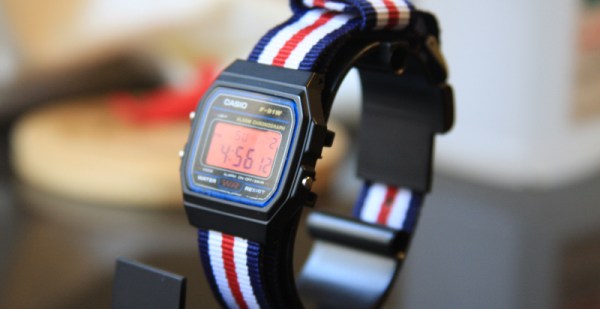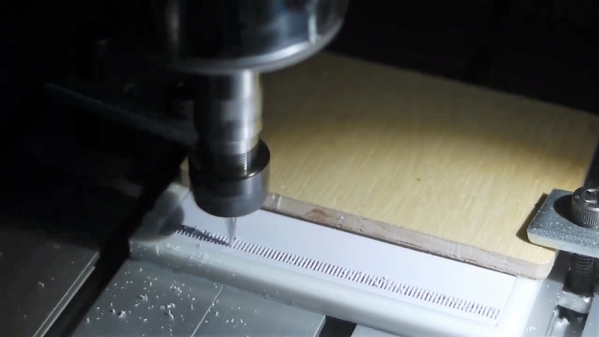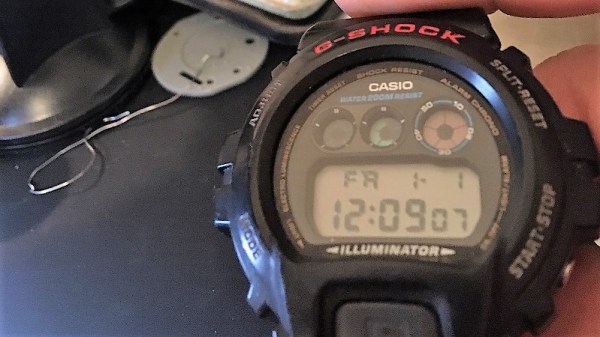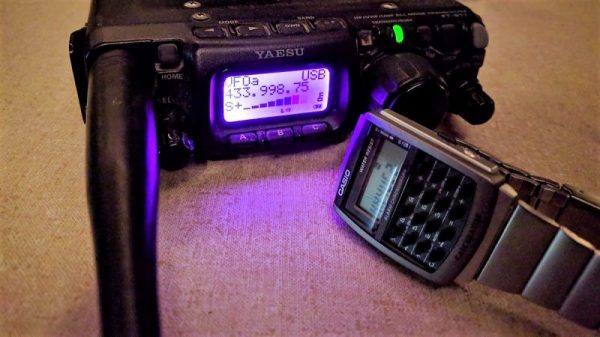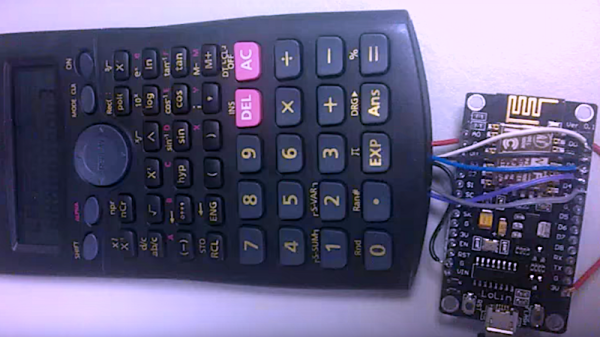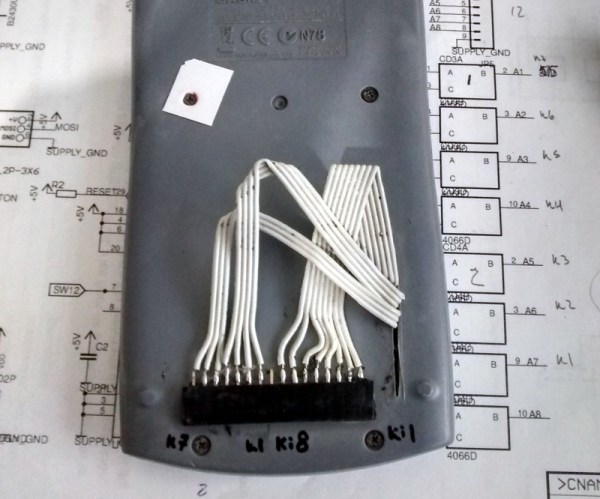The Casio F-91W is probably the most popular wristwatch ever made. It’s been in production forever, it’s been worn by presidents, and according to US Army intelligence it is “the sign of al-Qaeda”. There’s a lot of history in this classic watch. That said, there is exactly one problem with this watch: it’s barely water resistant. [David] thought he had a solution to this problem, and it looks like he may have succeeded. This classic watch is now waterproof, down to 700 meters of depth. If you’re ever 700 meters underwater, you have bigger problems than a watch that isn’t waterproof.
The basic idea of this hack is to replace the air inside the watch with a liquid. This serves two purposes: first, the front glass won’t fog up. Second, liquids are generally incompressible, or at least only slightly compressible. By replacing the air in the watch with mineral oil, the watch is significantly more water resistant.
Filling a watch with mineral oil is done simply by disassembling the watch, submerging it in a dish of mineral oil, and carefully reassembling the watch. Does it work? Don’t know about this watch, but this was done to another classic Casio watch and tested to 1200 psi. That’s a kilometer underwater, and the watch still worked afterward. We’ll take that as a success, although again if you’re ever a kilometer underwater, you have bigger problems than a broken watch.

